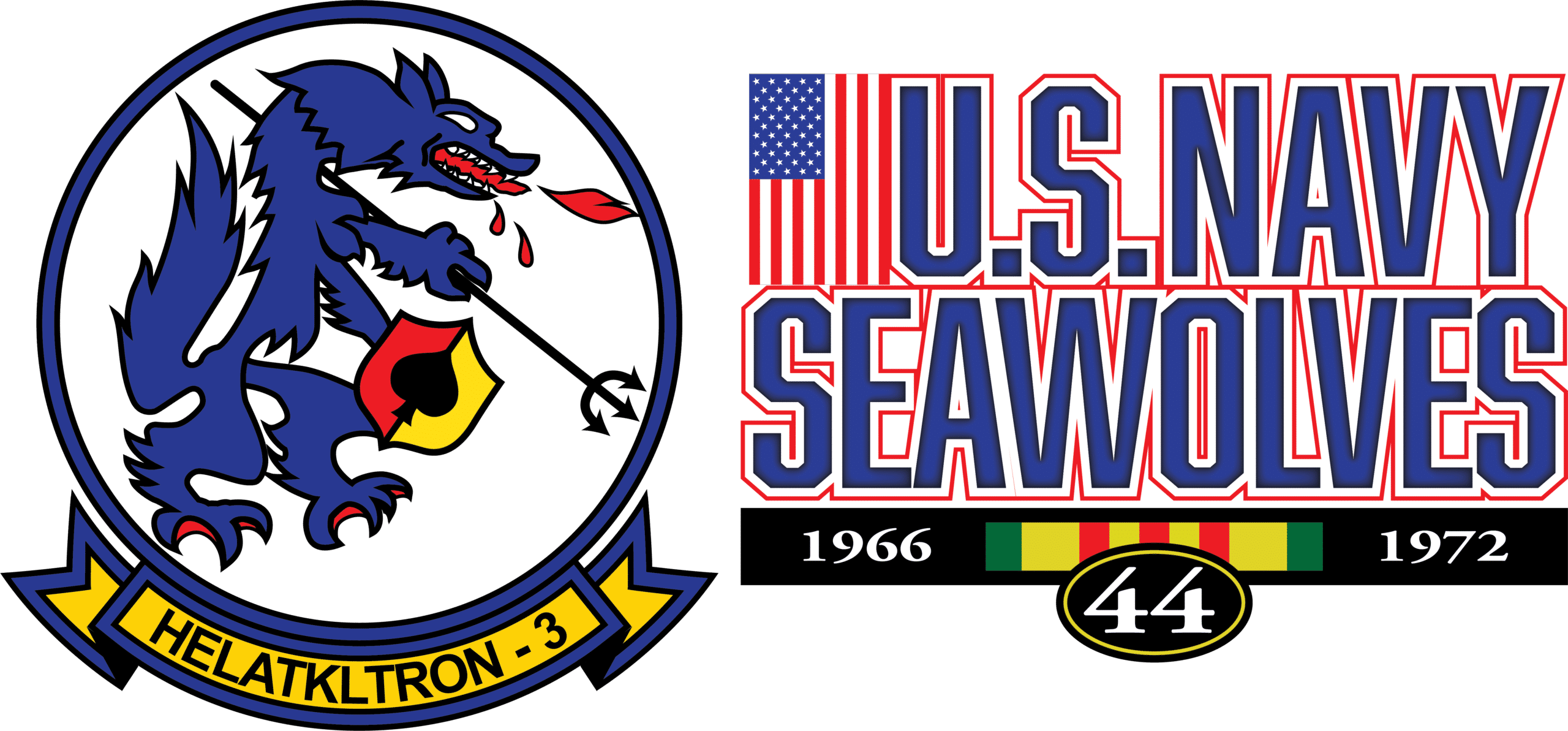From Naval Air Station Imperial Beach Welcome Aboard Book, 1968
Helicopter Combat Support Squadron One, formerly known as Helicopter Utility Squadron One, was commissioned at NAS Lakehurst in 1948 as the Navy’s first operational helicopter squadron. Shortly thereafter, the squadron was moved to NAS Miramar, where it achieved operational status, and in 1951 moved to it’s present location at Naval Air Station Imperial Beach. The squadron was redesignated Helicopter Combat Support Squadron One on 1 July 1965, as it more accurately described the mission of the command. Since commissioning, the squadrons primary mission of air sea rescue has remained unchanged. During the Korean conflict, HC-1 pilots and crewmen were among the first into combat and pioneered new techniques of personnel rescue from behind enemy lines. For it’s “extraordinary heroism in action against enemy aggressor forces in Korea,” HC-1 was awarded the Presidential Unit Citation and one of it’s pilots was decorated with the nation’s highest award, the Medal of Honor.
Until September 1967, HC-1 was the largest and most active squadron of it’s type in the Navy. It’s detachments provided helicopter services for every major ship in the Pacific Fleet, from Antarctic bound icebreakers to modern attack carriers on patrol in the China Sea. It’s responsibilities were extended over an area encompassing nearly 50 million square miles and as versatility of the helicopter increased, so did the demands for services. HC-1 accomplished such diversified additional missions as ice reconnaissance and medical evacuation, logistic support, vertical replenishment, guided missile recovery, photo reconnaissance, ground support with gunships, national geographic surveys, personnel transfer, gunfire spotting, and transfer of chaplains throughout the fleet for ship’s church services. Yet, above all, the mission of HC-1 is the safeguard of human life during times of peace and war.
As of today, the “Angels” if Helicopter Combat Support Squadron One have successfully accomplished the rescue of over 1300 military and civilian personnel primarily using the UH-2A “Seasprite.” Since April 1967, HC-1 has been divided into five different squadrons. From HC-1’s assets were commissioned Helicopter Attack (Light) Squadron Three, Helicopter Combat Support Squadrons Three, Five, and Seven.
At this time HC-1 is the first squadron to transition to the new twin engine UH-2C “Seasprite.” The UH-2C was first deployed aboard the USS Ranger and will become operational in most succeeding deploying detachments. Helicopter Combat Support Squadron One deploys and welcomes home it’s nine detachments sixteen times each year with a nucleus remaining permanently shore based at NAS Imperial Beach. Still retaining the many services of personnel transfer and all types of utility transfer, the HC-1 “Angels” primary mission is plane guard duty for every modern attack carrier in the Pacific Fleet. Taking their station starboard of the ship, they await a lifesaving mission of mercy to render assistance to any distress signal on land or at sea.
